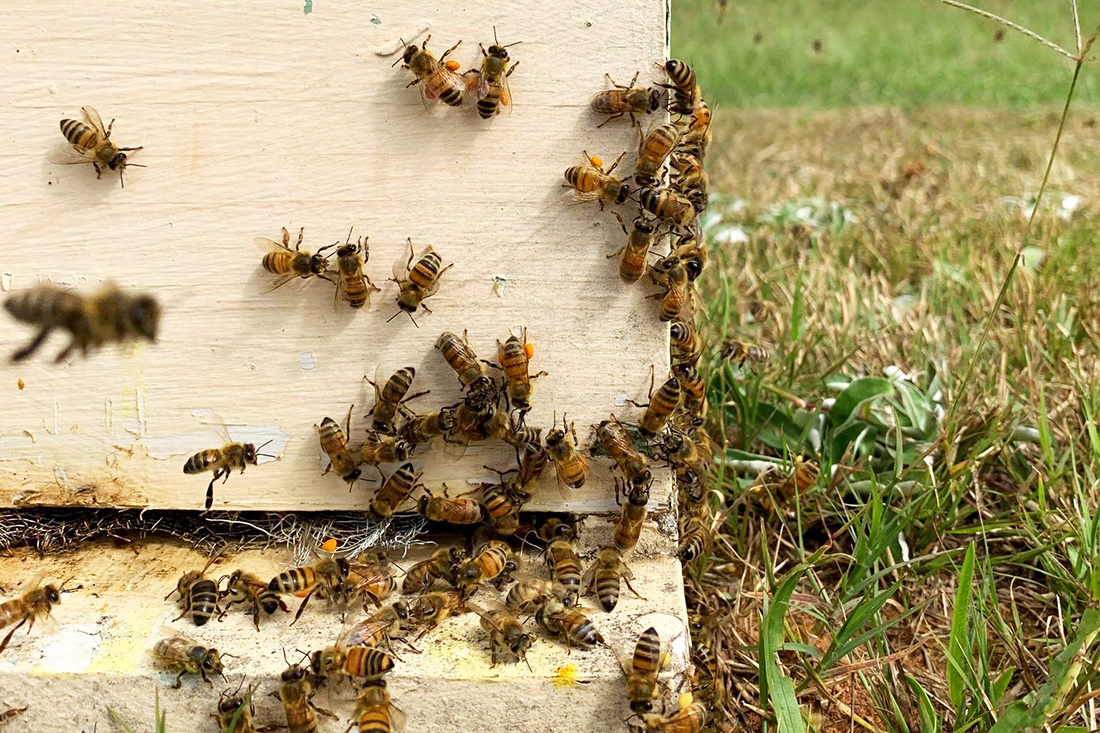By Stephanie Schupska
University of
Georgia
The viola is closer to Georgia’s native plant species, viola tricolor, making it much more tolerant of the local climate. Thomas is not a fan, either, of the pansy’s “huge, floppy flowers” that tend to flatten to the ground after a winter rain.
“If you want the most color in your garden in the fall, winter and early spring, violas are your best bet,” said Thomas, a professor in the UGA College of Agricultural and Environmental Sciences.
“New breeding in the past five years has brought most of the wonderful colors we see in pansies back to violas,” Thomas said. “They produce more flowers per square inch. They’re more heat-tolerant, more cold-tolerant and more drought-tolerant. The pansy has been bred so heavily that it’s lost some of its vigor.”
The viola and the pansy were both originally bred from Johnny Jump Ups and violets. However, instead of being crossbred for large flowers like the pansy, the viola has been back bred to the Johnny Jump Ups.
“The reason we breed violas is that pansies have a hard time dealing with the spring heat and the winter cold,” he said.
Pansies fade between December and early February, especially in north Georgia, because the soil temperature goes below their tolerance level. It usually takes the plants until late March or early April to look beautiful again.
“The tough little viola is a scrapper,” Thomas said. “It has to get below zero to hurt them, and they will come back sooner after bad weather.”
Violas are also more disease-tolerant. So much more, in fact, that most of the major landscapers in Atlanta are using violas as bedding plants instead of pansies, Thomas said.
But because violas and pansies are so closely related, the same planting and cultivating practices apply to both.
“We would like to see you plant pansies and violas around Oct. 15 in most of the state,” Thomas said. “The north Georgia border could get away with planting Oct. 1, and those in south Georgia could plant as late as Nov. 1.”
The reason for those dates, he said, is that the optimal time for planting is when the soil temperature is below 70 degrees and nighttime temperatures in the 60s.
Even though the best time to plant them is in October, violas and pansies are already showing up in some stores.
“Ignore the pansies and the violas in the box stores right now,” Thomas said. “You’ll suffer planting them in this heat, and they’ll suffer for a few weeks because of the hot soil temperature.
“It’s wrong, wrong, wrong,” he said. “It’s too early, it’s too hot and it’s too dry. Please plant them on Oct. 1. We kill millions of them planting them too soon, and it’s not fair to the violas, pansies or gardeners.”
As for which viola types to buy, Thomas said his favorite for planting large areas is the sorbet variety. In a rock garden and as a butterfly magnet, it’s the Alpine Summer.
“I like the sorbets. When I plant violas, that’s what I’ll plant,” he said, noting that the variety will be part of a pansy-viola trial in the UGA Trial Gardens this year.
One word of warning is that both violas and pansies “are deer food,” he said. Most of the repellants he tried didn’t work until he stumbled on the perfect solution: a four-legged, furry deer hunter named Rocket. For five years now, the black lab has kept Thomas’s garden deer-free and his flowers beautiful.






